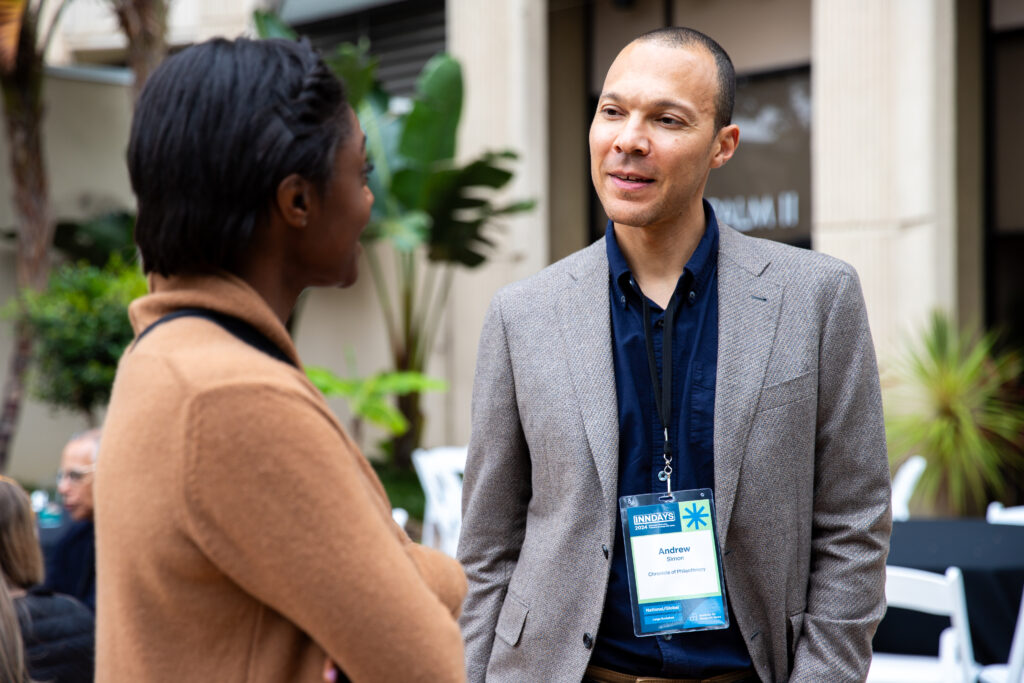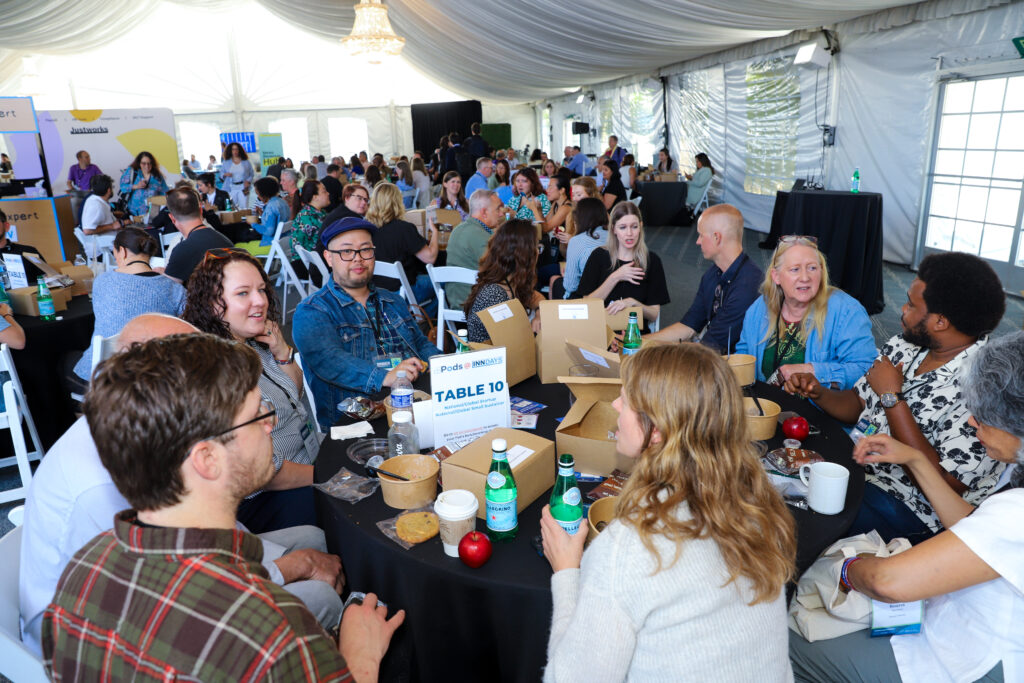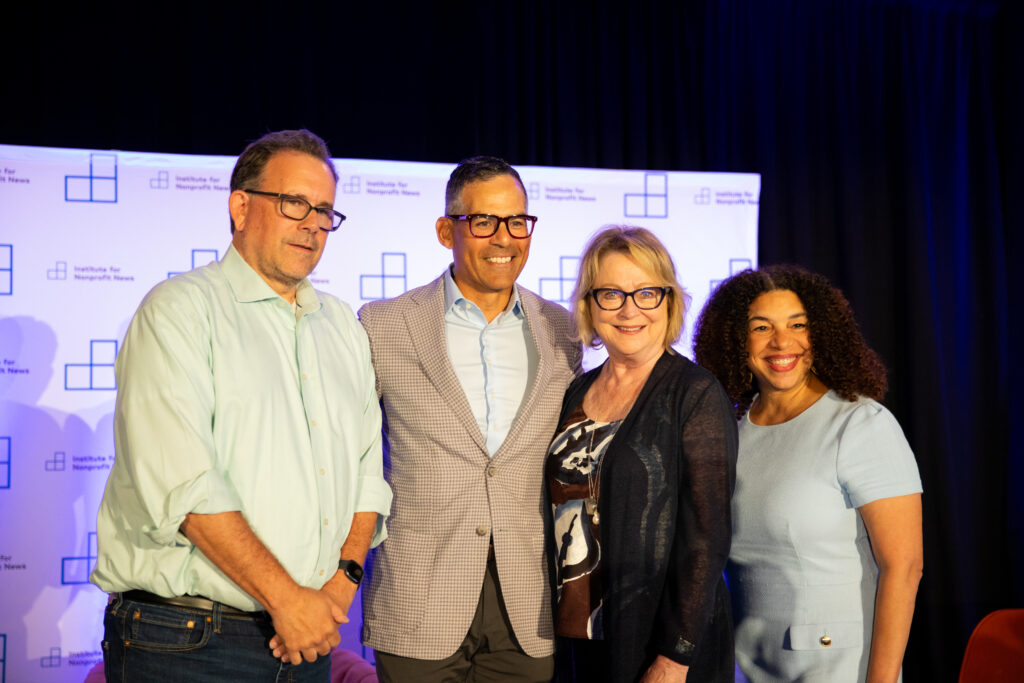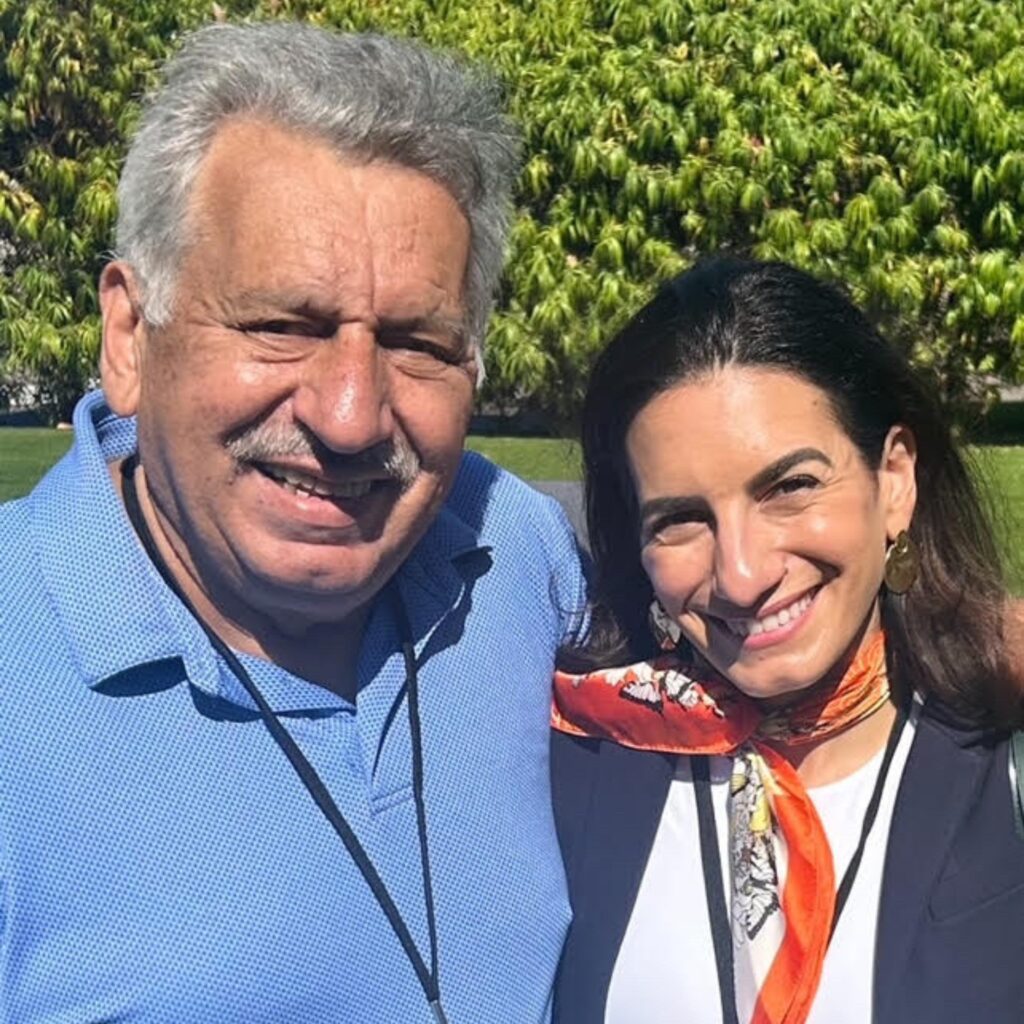Connection and vibes: INN Days takeaways
June 21, 2024
For the 460 people who recently attended the 2024 INN Days in San Diego, there likely were moments when the event felt more like a summertime reunion than a journalism conference. There were waterfront views, scenic morning walks and plenty of time for reconnecting with old friends and making new ones. Attendees brought their kids and parents. After plenaries and breakout sessions, attendees clustered together in outdoor spaces for conversation.

Much of the vibe was by design. Yes, the event is full of sessions focused on learning and supporting nonprofit news outlets, but the number one goal was connection. Amid ongoing struggles of the news industry, INN Days offered space to recharge and get inspired.
The following are some connection-focused takeaways from the event.
Connecting as colleagues
Collaboration is a cornerstone of INN membership. In her opening remarks, Karen Rundlet, CEO of the Institute for Nonprofit News, called on the organization’s members to support each other.
“I do believe that, working together, we will continue building solutions for the field, the public and informed communities,” she said. “And when our communities have the news they need, that’s when we’ll know this movement has been successful.”
Throughout the year, nonprofit news outlets often connected virtually with each other and INN staff, but in San Diego they got to meet in person—possibly for the first time since the coronavirus pandemic. Attendees shared ideas and even strategies for engaging donors.

Connecting with funders and donors
For nonprofit newsrooms, sustainability requires funding. News outlets need multiple funding streams, and they need to be transparent about their finances, speakers said. The outlets also need people to connect to their mission.
“What is the problem you’re trying to solve? Who else might be trying to solve it? And what are the paths to revenue?” Michelle Srbinovich, vice president of growth investments for the American Journalism Project, asked during the final plenary. That session focused on how the field has evolved, lessons learned and future possibilities.
Be “clear on the problem you’re trying to solve and finding leaders who are adaptable and collaborative and want to bring people together to solve that problem,” Srbinovich said.

It’s also not enough to state values on a website. The words and related actions need to align, especially around finances.
“I believe in radical transparency,” said Brandon Quester, executive director and editor of Arizona Center for Investigative Reporting during a conversation about the importance of standards. “As an investigative shop, who are we to hold others accountable if we can’t hold ourselves accountable?”
Connecting across differences
Aside from funding, distrust of journalists and partisanship are other challenges news outlets face.
“We have such an enormous responsibility to our sources to not to cause harm,” Chabeli Carrazana, economy reporter for The 19th, said during a session about how journalists confront mental health and identity, and the impact of both on their work. “We are at a time when trust in journalism is so fractured. My first responsibility as a reporter is to make sure I don’t cause harm to people sharing their stories with me.”

In the face of deep partisanship, speakers said, the standard is to report facts.
Gillian White, chief revenue officer of Capital B, explained, “If someone considers themselves a white supremacist, if they’re part of a white supremacist organization, and you call them a white supremacist: we’re all set here. It’s been reported. If someone thinks that’s partisan, I don’t know what to tell you.”
White noted that news outlets must establish who they are, how they work and why people should trust them.
“It all goes back to this concept of community and trust and people understanding the services we’re offering,” White said. “Until we can solve that, it makes sense why people are getting their information from TikTok.”
